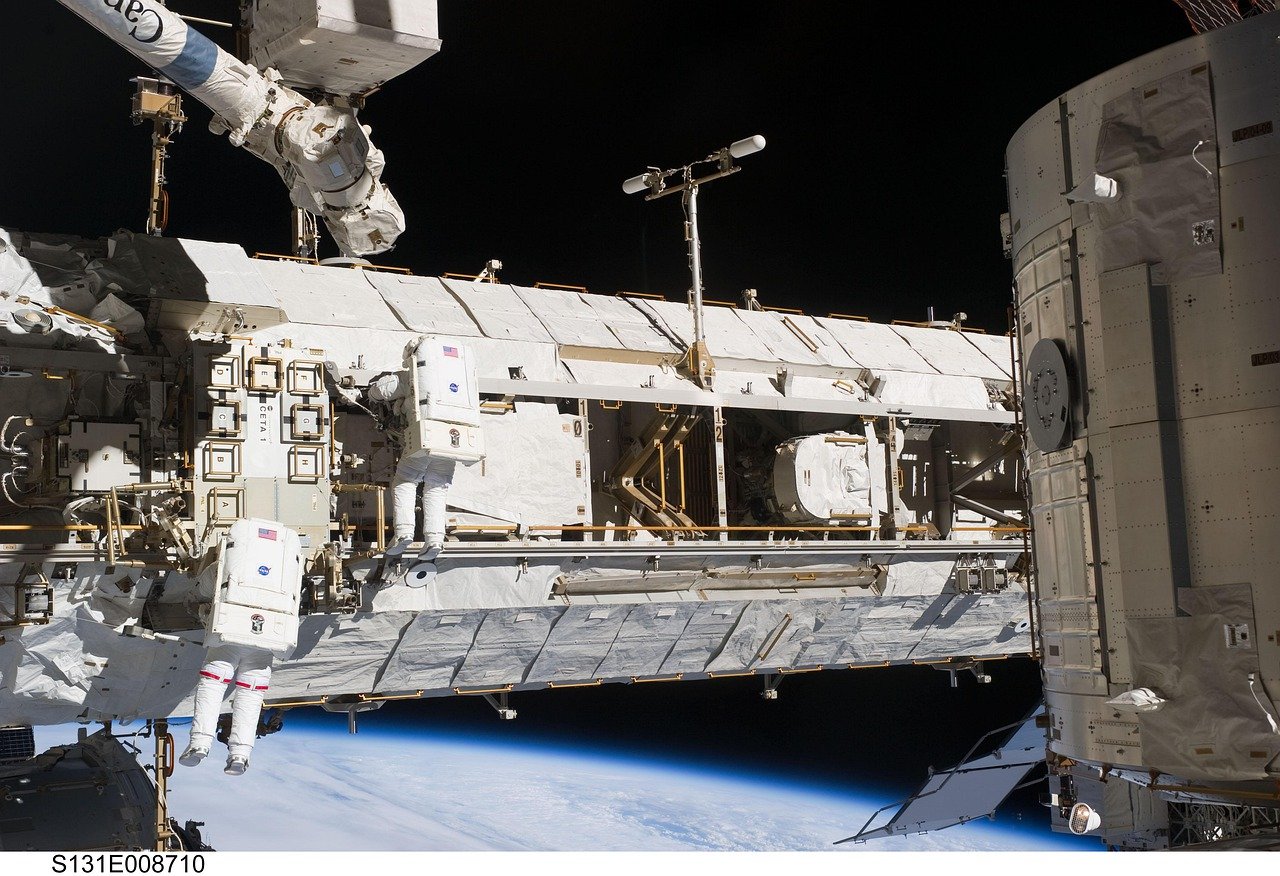Disney’s Tower of Terror delivers on the promise to terrify people with massive acceleration, speed, and stomach churning stops. The attraction, based on a “Twilight Zone” episode, is a six-minute walk-through murder mystery and ride in which visitors try to figure out what happened to a group of movie stars during a thunder and lightning storm in 1935.
Tower of Technology
The engineering behind the Tower of Terror required innovation and new technologies to scare kids and parents witless. The ride uses “Linear Induction Motors” that are four times more powerful than the strongest elevators in high-rise buildings. These motors provide the acceleration and torque required for the gravity defying ride. In addition to this raw power, the ride features a new speed and control system that was engineered to be ten times faster than any previous attraction at Disney.
“Imagineers” refer to the elevators involved in the ride as “Autonomous Guided Vehicles” (AGVs). The Tower of Terror includes four elevator loading zones and lift shafts to handle Disney’s high volume. The lift shafts project eerie “movie scenes”, images and special effects throughout the ride.
Lift Shaft to Drop Shaft
Passengers – or victims – transition on the 5th floor or “5th Dimension” from a lift shaft to a drop shaft; drop shafts are located on the outside of the building.
AGV’s are “smart” ride vehicles self-powered by on-board batteries and get guidance information by communicating with wires embedded in control boxes. Ride vehicles send and receive signals wirelessly and communicate with control computers indicating where they are in the tower and obtain and transmit steering information.
When vehicles enter the drop shaft, they lock into “Vertical Vehicle Conveyance” (VVC) which is a lift and drop mechanism that propels the upward and downward movement in the drop shafts. A constant tension above and below the VVC on the cables creates a loop to the “Linear Induction Motors” (LIM) so the VVC is always under positional control. This allows fast up-and-down motion and sudden stops in the drop shaft.
Large electric LIMs provide power at the top of each drop shaft and provide massive amounts of torque and reach full speed in 1.5 seconds. The LIMs are connected to drive drums. Even the terminal blocks are designed to handle the powerful vibration and thermocycling stresses.
Pits, Drive Drums, Counterweights, Brakes and Buffers
Tensioning sheaves in the pit attach to the drive drum and provide a counterweight to cables attached to the top of the vehicle. This creates a closed cable system that pulls upward and downward in relation to the rotation of the LIMs and drive drums and is for this reason not affected by gravity. Twin cables throughout provide safety redundancy. For additional safety, all elevators are equipped with elevator safety brakes and a hydraulic buffer zone at the bottom of each shaft.
Tachometers, Encoders, and PLCs
In addition, two velocity tachometers on the LIM shaft and a tape encoder attached to the elevator cab monitor speed and measure velocity every 2 milliseconds. If the expected velocity falls outside programmed limits, a system stop is triggered.
There are over 100 Programmable Logic Controllers (PLC’s) that control the ride’s movements and communication, and they are networked via an Ethernet link.
Winch Drive vs. Traction System and Preventing Slippage
The Tower of Terror differs from a normal elevator in that it uses a winch drive rather than a traditional traction system that would experience slippage. Because the cables are extended below the VVC and are configured in a closed loop, the system is preloaded with tension so there is no slack in the cables.
Over-engineering for Safety
The LIMs and cables are “over-engineered” and rated to handle a 10 ton load safely and accelerate up to 2500 ft./minute, which is about 35 mph, and bring the vehicle to a complete stop. To accomplish this, the LIMs and cables generate a torque of about 110,000 foot-pounds, 4000 hp, and employ regeneration for deceleration control. The strongest elevator LIMs in high-rise buildings generate about one-quarter of the acceleration and torque requirements that this ride has.
Related articles on IndustryTap:
- Six Flags New England’s Record Breaking Sky Screamer Tallest “Swing Ride” in the World
- Are Vertical High-Speed Trains the Future of Public Transportation?
- Skyscrapers Stretching To More Than One Mile Tall
- How Do Fireworks Work? Emblazoning Skies With Artistry, Brilliance And Chemistry
References and related content:







